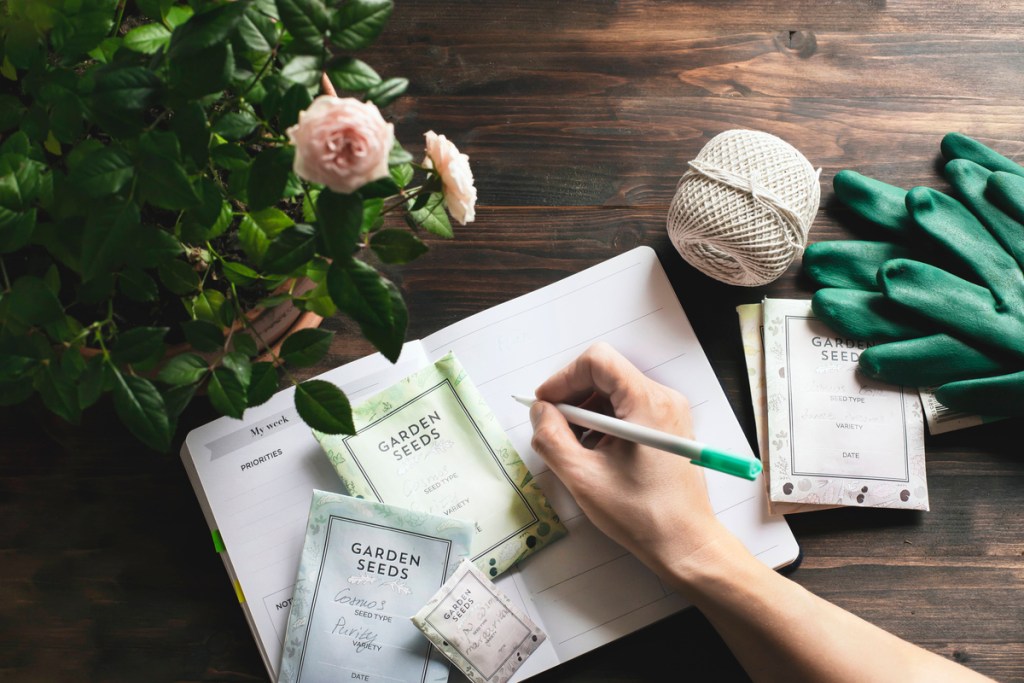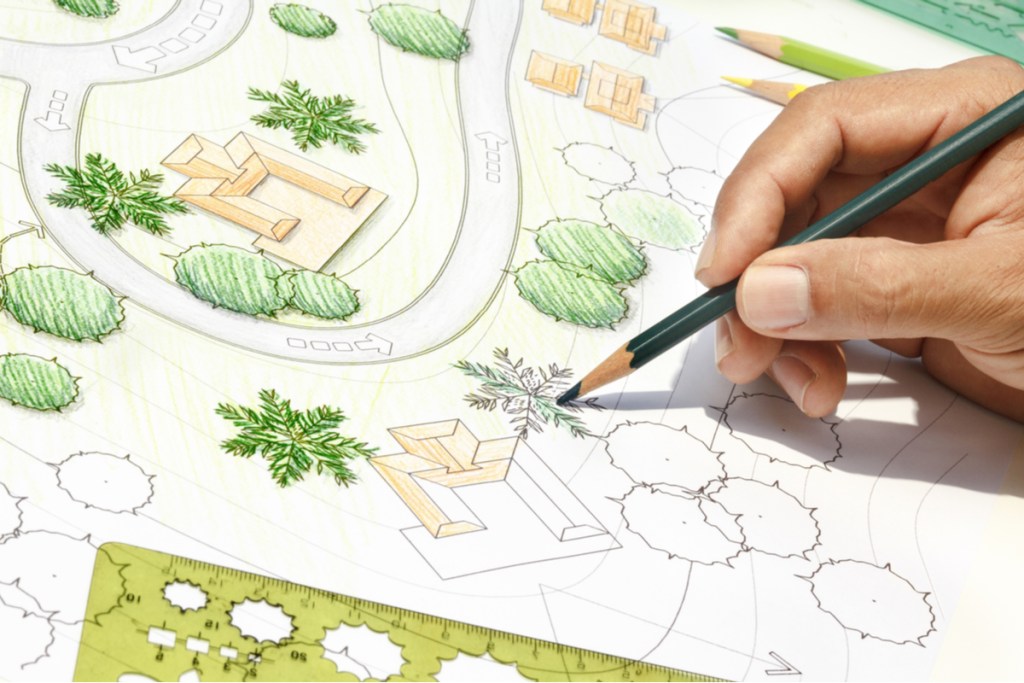With spring right around the corner, many gardeners have started to enter planning mode — plotting out what they want to grow for the year, what parts of the garden will house which plants, and what they’ll need to get a head start on their harvest. If you’re new to spring garden planning, it can all sound a bit overwhelming. To figure out how to go about your spring garden planning, you’ll want to start with the basics and go from there.
Contents
- What can you plant in a spring garden?
- Things to keep in mind while planning
- How to start preparing your garden for spring

What can you plant in a spring garden?
Before you even start thinking about what tools you’ll need to buy, you should figure out what you want to grow. The veggies you grow will determine some of what you need to buy (stakes, trellises, things of that nature), and not everything can be grown at the same time of year. Here are some plants you can include in your spring garden planning:
- Asparagus
- Beets
- Broccoli
- Carrots
- Lettuce
- Onions
- Peas
- Potatoes
- Rhubarb
- Spinach
- Swiss chard
Recommended Videos
So even though you won’t be able to grow those beautiful pumpkins, gourds, or tomatoes yet, there are still plenty of plants to get you started! Keep in mind that you’ll be planting throughout the year as temperatures and conditions allow more crops to be grown.
Related
- Kokedama is an easy and elegant gardening trend that you can try today
- Make sure your hydrangeas have the best blooms by pruning them properly
- This is when you should start seeds indoors
When should I start planning for my spring garden?
Planning for your spring garden is best done in the winter, ideally before you begin to start any seeds indoors (if that’s something you like to do). You can even start planning for the next year as soon as your garden is done for the season in late fall. It never hurts to be prepared, and there’s no one “right” way to go about your planning. As long as you have an idea of what you want to start with in the spring, you’ll be in a good position to get things off the ground.
If you do want to start any seeds indoors, you should do your planning closer to the beginning of winter. That way, you’ll be ready when it’s time to start the seeds (usually six weeks before the last frost in your zone). Most seed packets will include information on them on the best time to start the seeds indoors.
Things to keep in mind while planning
Spring garden planning is often about more than just deciding what you want to grow (depending on how big your garden is and how seriously you want to dive in). There are even notebooks and journals dedicated to the process to help you keep all your organization in one place. If you’re ready to get down to business on your spring garden, keep these things in mind as you go through the process.
Look beyond spring
Some spring and summer crops will overlap towards the end and beginning of their seasons, respectively. When you’re sitting down to plan your spring garden, you should also consider what you want your summer garden to look like — and maybe even your fall garden, too. This will give you an idea of what you can plant in what portion to make sure nothing is too crowded and that there’s room for everything you want to grow.
Diagrams can be your best friend
If you have trouble visualizing in your head, you can always draw a rough (or elaborate!) diagram of your garden beds and yard. Having this physical representation can help you be more sure of what you’re going to plant where and how it will all look when it comes together. There are even gardening apps available to help if you prefer to keep track of things electronically.
Are you planting any flowers?
Even though we’re looking at spring garden planning from the perspective of plotting out veggies, you can absolutely include flowers! And if you do want them, check and see if they bring any benefits. Some flowers can deter pests from certain crops, so it can be especially beneficial to plant them nearby and include them in your overall design.
Don’t forget about late frosts
Although we’re ideally planting outdoors after the threat of frost has passed, sometimes one creeps back up on us. If this happens, you want to make sure you’re prepared. As part of your spring garden planning, gather some frost protection for young seedlings, such as towels and blankets you don’t mind putting outside.
If you want to go a step further, you can also purchase some plastic to put on top of the towels and blankets to help retain even more warmth if the unexpected frost is more severe. Keep in mind, though, that you should never cover the plants just with plastic. Either use only the towels and blankets, or layer the cloths on the plants first and then put the plastic on top.

How to start preparing your garden for spring
After you’ve plotted everything out, drawn your diagrams, and made notes about what you want to grow, it’s time to start gathering the materials. Stores start selling gardening tools and seeds towards the end of winter, and you can always look for specific things online. As you start to prepare for your spring garden, here are some things you’ll need:
- Seeds. If you’re starting your seeds indoors, this is when you’ll want to purchase them to kick things off.
- Starter pots and soil. Can’t sow your seeds if you don’t have anything to put them in!
- Stakes and trellises. Depending on what you’re growing for the year, you may need to buy some of these. They can always be purchased later on, but if you see some you need or want, there’s no harm in getting them now.
- Pruning shears. Make sure you have something like pruning shears or a hori-hori knife on hand and ready to go for that first harvest.
- Gardening gloves. These will help keep you protected from bugs, thorns, sticks, wire — anything that can hurt you.
Part of your spring garden planning should also include looking at your tools. If any of your shovels, trowels, cultivators, or other tools are looking a little worse for wear, you should either try to clean them up or make sure they’re replaced before the season begins. That way when it’s time to start planting outdoors, you can enjoy the thrill of setting up your garden instead of having to run out to replace that trowel with the broken handle.
Planning a spring garden is one of the things that keeps avid gardeners occupied during the off-season, and it isn’t exclusive to garden beds! You can plot out your containers, deck boxes, railing boxes, and even give some thought to your indoor setup. And things can change! If you decide you want to grow something you hadn’t thought of during planning, that’s a-okay. As long as there’s room for it, you can grow whatever you want.
Editors' Recommendations
- 5 essential spring lawn care tips you need to know
- Enrich your soil: The 5 best composts for gardens
- What is diatomaceous earth – and why does your garden need it?
- How much sunlight should your succulents have?
- Why mulching might be the best option for your old Christmas tree